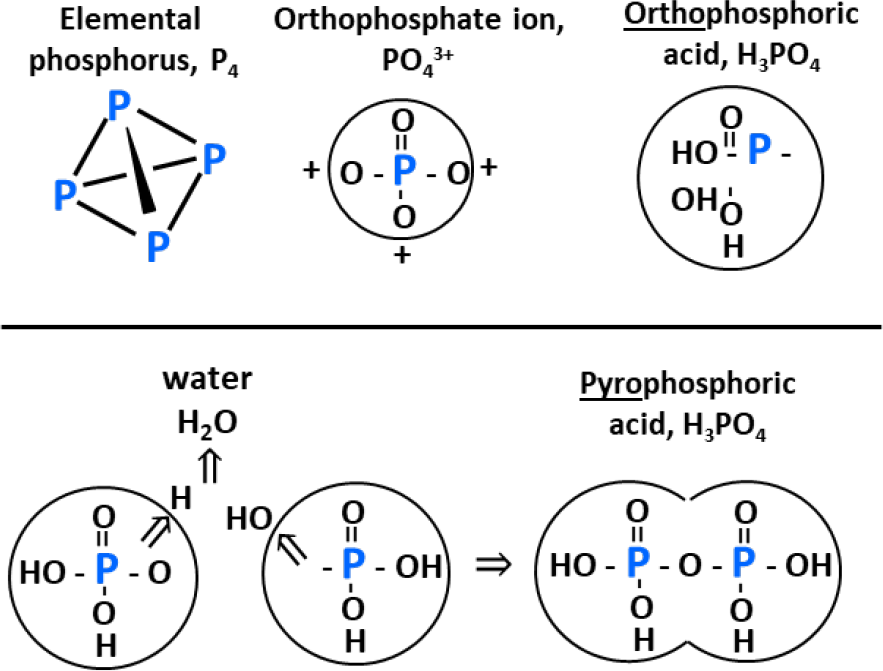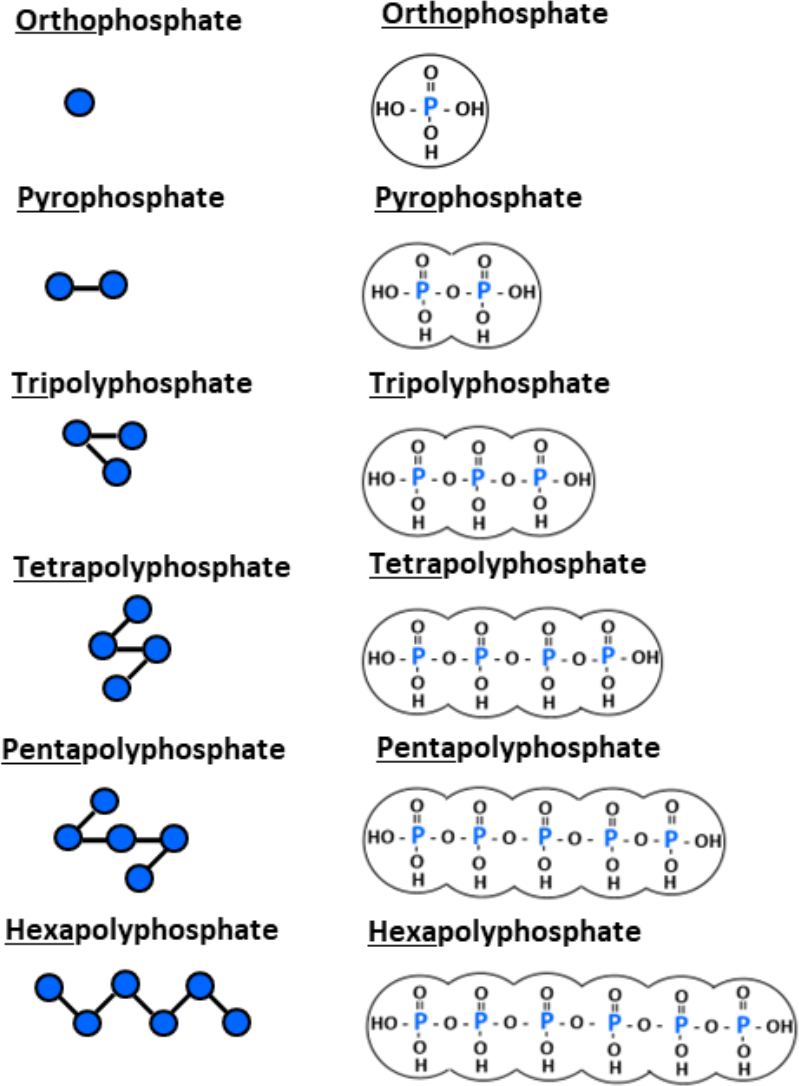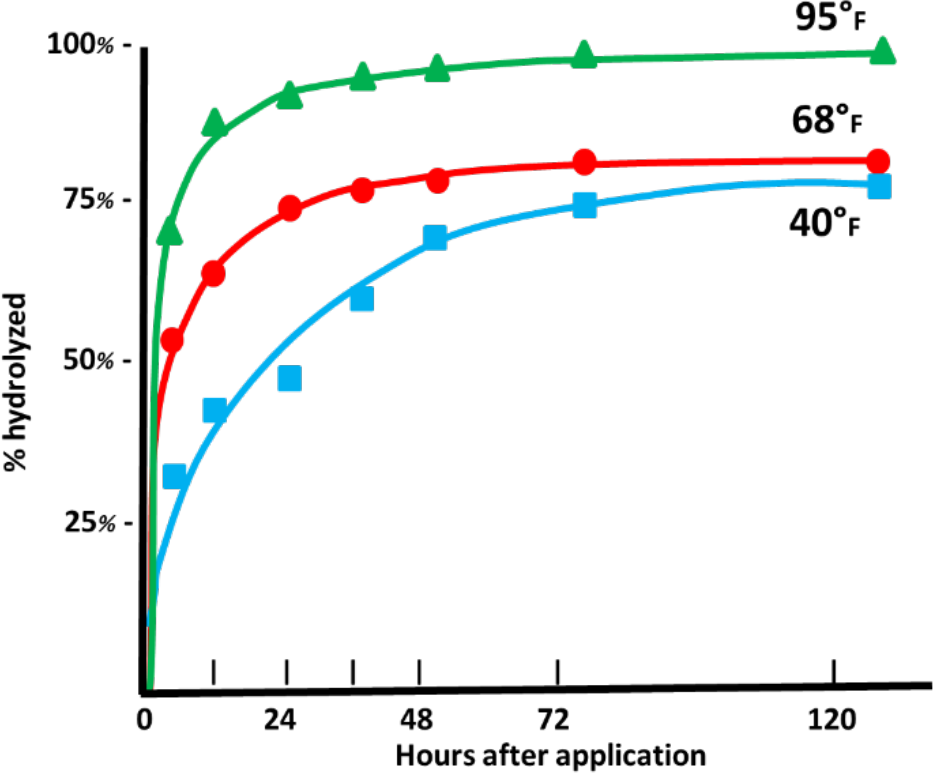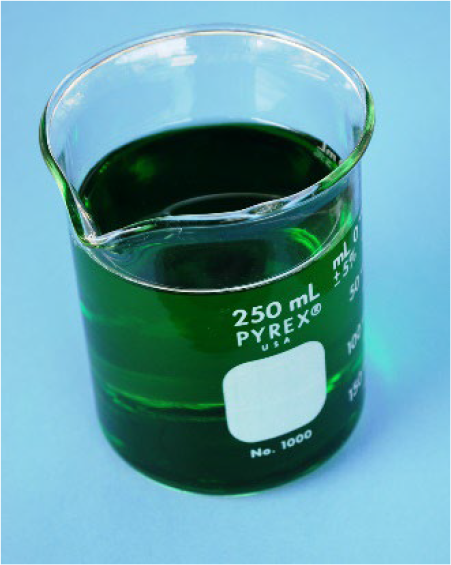⇦ Back to Fertilizer Lime Amendment Technology and Use Home
¶ Introduction
Phosphorus deficiency limits the growth and productivity of plants in many parts of the world. Since many soils are low in phosphorus, this nutrient is commonly added to improve crop yield and quality.
Phosphorus is derived from geologic deposits distributed across the globe. Polyphosphate is an excellent liquid fertilizer that is widely used in agriculture.
Phosphoric acid (H3PO4) is the starting material for most commercial phosphate fertilizers. However, the acidity and some of the chemical properties make this material difficult to use directly.
“Orthophosphate” is a chemistry term referring to phosphate ion (PO43+) or to compound containing single phosphate unit (see Figure 1). Phosphoric acid has
“Poly” refers to multiple phosphate molecules linked in a chain. Each linkage of phosphate molecules has a name depending on its length, although polyphosphate is the general term that includes all of these linked molecules (see Figure 2).
Superphosphoric acid (65% to 72% P2O5) has 100% orthophosphate molecules. When superphosphoric acid and ammonia are reacted, the heat of reaction drives off water as steam. Individual orthophosphate molecules begin to link together to form a “polyphosphate” fluid fertilizer.
Polyphosphate fertilizers are mostly produced in TVA pipe reactor, a process introduced in 1972. The most common ammonium polyphosphate fertilizers have N-P2O5-K2O composition of 10-34-0 or 11-37-0. Polyphosphate fertilizers offer the advantage of a high nutrient content in a clear, crystal-free fluid that is stable under a wide temperature range and has a long storage life.
A variety of other nutrients mix well with polyphosphate fertilizers, making them an excellent carrier for micronutrients that may be needed by plants.
¶ Agricultural Use
In polyphosphate fertilizer, between half and three-quarters of the phosphorus is present in chained polymers. The remaining phosphorus (orthophosphate) is immediately available for plant uptake. The polymer phosphate chains are primarily broken down to the simple phosphate molecules by enzymes produced by soil microorganisms and plant roots.
Some of the polyphosphate will decompose without the enzymes. The enzyme activity is faster in moist, warm soils. Typically, half of the polyphosphate compounds are converted to orthophosphate within a week or two (see Figure 3). Under cool and dry conditions, the conversion may take longer.
Since polyphosphate fertilizers contain a combination of both orthophosphate and polyphosphate, plants are able to use this fertilizer source very effectively.
Most phosphorus-containing fluid fertilizers have ammonium polyphosphate in them. Fluid fertilizers are commonly used in production agriculture, but not widely used by homeowners. Fluids are convenient for farmers since they can be easily blended with many other nutrients and chemicals and each drop of fluid is exactly the same.
For most situations, the decision to use dry or fluid fertilizers is based on the price of nutrients, fertilizer handling preferences, and field practices rather than significant agronomic differences.
¶ Figure 1. Orthophosphate Chemical Structures

¶ Management Practices
Ammonium polyphosphate is primarily used as a source of phosphorus nutrition for plants. Since phosphorus has limited mobility in most soils, efforts should be made to place the material as close to developing roots as practical.Nutrient management practices should be adopted to minimize the movement of phosphorus from the soil into adjacent water. Excess phosphorus in surface water can stimulate the growth of undesirable algae.
¶ Non-Agricultural Uses
Phosphate is an essential component in human nutrition. Polyphosphate is an approved additive for food and requires no special precautions in handling.
Polyphosphate compounds are widely used as a flame retardant on many products, including wood, paper, fabric, and plastic. It is also used as a commercial retardant for forest fires. The mode of action involves the ammonium polyphosphate forming a charred layer after burning, thereby preventing further flames.
¶ Figure 2. Polyphosphate Chemical Structures

¶ Figure 3. Temperature Effect on Hydrolysis of Polyphosphate Molecules to Orthophosphate Molecules

¶ Figure 4. Liquid Form of Ammonium Polyphosphate

¶ References
IPNI. Nutrient Source Specifics No. 2: Polyphosphate. International Plant Nutrition Institute, Norcross Georgia. 1 pg.
CHANG, C. AND RACZ, G. J. 1977. Effects of temperature and phosphate concentration on rate of sodium pyrophosphate and sodium tripolyphosphate hydrolysis in soil. Can. J. Soil Sci. 57: 271-278.